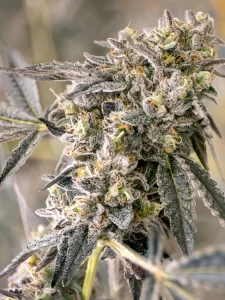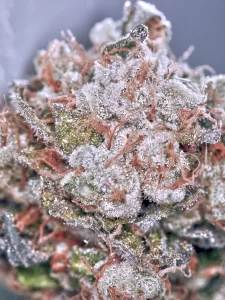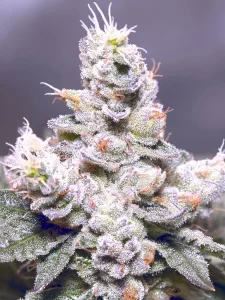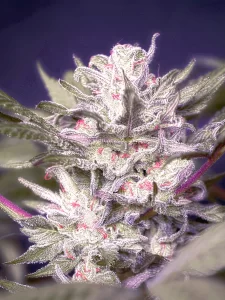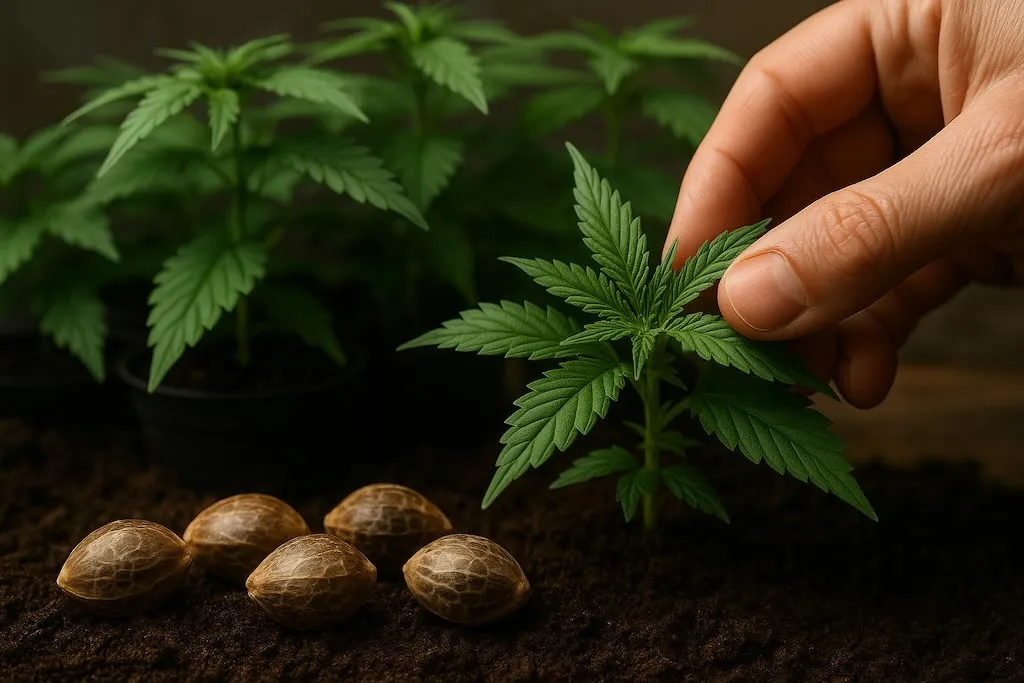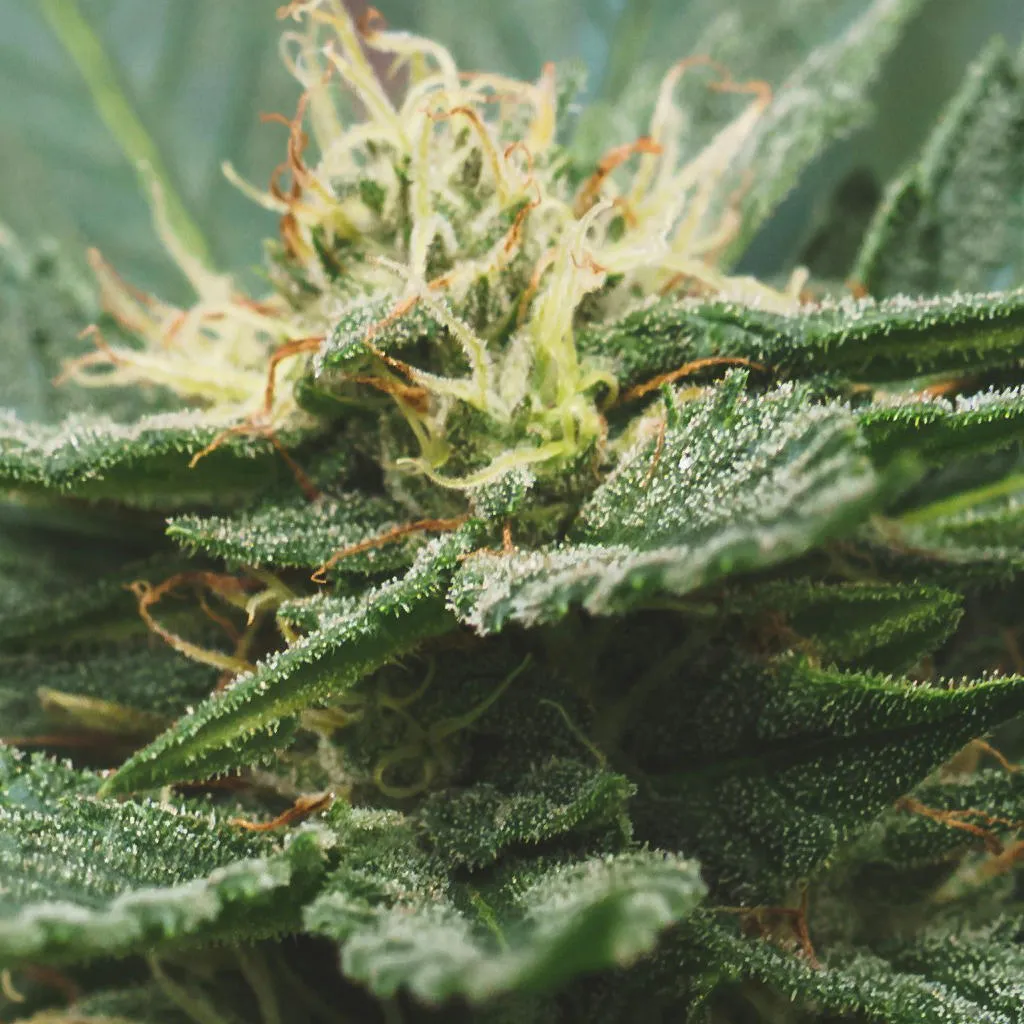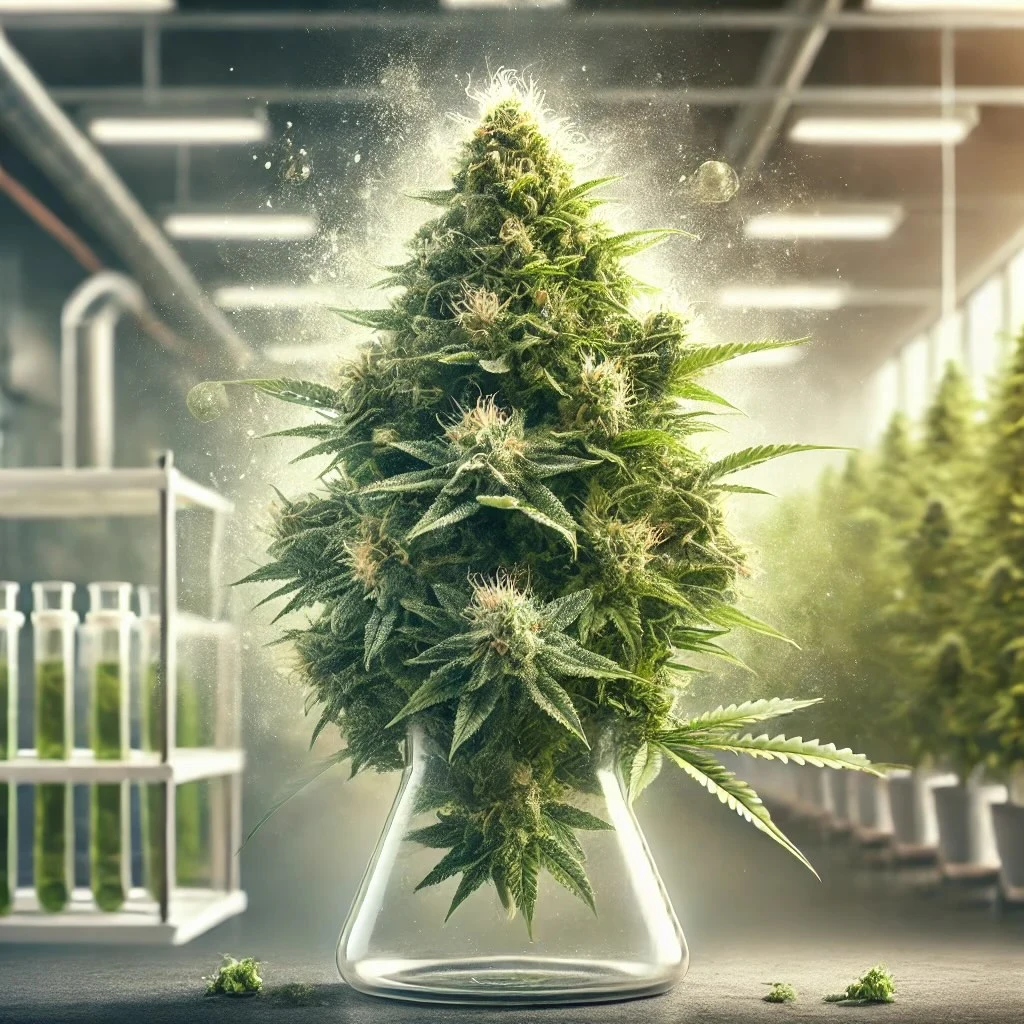Introduction
Cannabis, a plant known for its psychoactive and medicinal properties, has been the subject of extensive research and public interest. Among its many components, cannabis terpenes have recently gained attention for their significant role in determining the plant’s distinct aromas, flavors, and potential therapeutic effects. In this comprehensive article, we will delve into the world of cannabis terpenes, exploring their nature, types, benefits, and implications in both medical and recreational cannabis use.
Understanding Terpenes: The Basics
Terpenes are aromatic compounds found in many plants, including cannabis. They are responsible for the plant’s unique smell and flavor. In nature, terpenes serve various purposes, such as attracting pollinators, deterring predators, and providing protection from environmental stresses. In cannabis, these compounds are produced in the plant’s trichomes, the tiny, crystal-like structures on the surface of the leaves and buds.
The Role of Terpenes in Cannabis
Cannabis terpenes play a pivotal role in differentiating the effects and experiences of various cannabis strains. While cannabinoids like THC and CBD are primarily responsible for the psychoactive and therapeutic effects of cannabis, terpenes can modify and enhance these effects through a phenomenon known as the “entourage effect.” This synergistic interaction suggests that terpenes work in harmony with cannabinoids to amplify or mitigate certain effects, potentially influencing the overall efficacy of cannabis-based treatments.
Types of Cannabis Terpenes and Their Effects
Cannabis contains over 100 different terpenes, each with unique properties. Some of the most common and well-studied terpenes in cannabis include:
- Myrcene: Often found in high concentrations in cannabis, myrcene is known for its earthy, musky aroma. It is believed to promote relaxation and sedation, making it common in indica strains.
- Limonene: Recognizable by its citrusy scent, limonene is thought to elevate mood and relieve stress. It is also being studied for its potential anti-inflammatory and antioxidant properties.
- Caryophyllene: This terpene has a peppery, spicy aroma and is unique for its ability to interact with the endocannabinoid system, potentially offering anti-inflammatory effects.
- Linalool: Known for its floral, lavender-like scent, linalool is believed to have calming effects and may help with anxiety, depression, and insomnia.
- Pinene: As the name suggests, pinene has a pine-like aroma. It is associated with increased alertness and memory retention and may counteract some of the cognitive impairments caused by THC.
Therapeutic Potential of Cannabis Terpenes
The therapeutic potential of cannabis terpenes is a growing area of interest. Preliminary studies and anecdotal evidence suggest that terpenes may offer various health benefits, including anti-inflammatory, analgesic, anti-anxiety, and even anti-cancer properties. For example, myrcene and linalool are studied for their potential to enhance relaxation and reduce anxiety, while limonene and caryophyllene are being explored for their anti-inflammatory and analgesic effects.
Terpenes in Medical Cannabis
In medical cannabis, understanding the terpene profile of a strain is crucial for tailoring treatments to specific conditions. For instance, a strain high in myrcene and linalool might be more suitable for patients seeking relief from anxiety or insomnia, while a strain rich in limonene and caryophyllene might be better for those dealing with inflammation or pain.
The Impact of Cultivation and Processing on Terpenes
The concentration and composition of terpenes in cannabis can be significantly influenced by cultivation and processing methods. Factors such as light, temperature, soil type, and nutrients can affect terpene synthesis in the plant. Additionally, post-harvest processing like curing and drying can either preserve or degrade these delicate compounds, impacting the final terpene profile of cannabis products.
Terpenes and the Consumer Experience
For recreational cannabis users, terpenes contribute significantly to the sensory experience. The aroma and flavor of cannabis are central to its enjoyment, and terpenes are key to these characteristics. Moreover, understanding terpenes can help consumers predict the effects of different strains, guiding them towards desired experiences, whether it be relaxation, euphoria, or enhanced creativity.
Challenges and Future Directions
Despite the growing interest in cannabis terpenes, there are challenges in research and application. The complexity of the entourage effect, variability in terpene profiles among cannabis strains, and the lack of standardized testing and regulation in the cannabis industry pose obstacles to fully understanding and harnessing the potential of these compounds. Future research is needed to elucidate the specific mechanisms by which terpenes interact with cannabinoids and their impact on human health
and wellness.
Standardization and Quality Control
As the cannabis industry expands, the need for standardization and quality control in terpene analysis becomes increasingly important. Accurate labeling of terpene profiles on cannabis products can guide consumers and medical professionals in making informed choices. Moreover, standardization ensures consistency and reliability in cannabis products, which is essential for both medical and recreational use.
Environmental and Genetic Factors Influencing Terpenes
The environment in which cannabis is grown can significantly impact its terpene profile. Factors such as climate, soil type, and farming practices play a crucial role in the development of terpenes. Genetics also plays a significant role, with different strains naturally producing varying levels and types of terpenes. This interplay between genetics and environment highlights the complexity of cannabis cultivation and its impact on the final product.
Terpenes in Cannabis Extraction and Product Formulation
In the production of cannabis extracts and products, preserving the integrity of terpenes is a key concern. Extraction methods like CO2 extraction or solvent-based methods can affect terpene profiles. Product formulation, such as in edibles, tinctures, and topicals, also requires careful consideration to maintain the therapeutic properties of terpenes. Innovations in extraction and formulation are continuously evolving to better preserve and utilize these compounds.
Legal and Regulatory Aspects
The legal and regulatory landscape surrounding cannabis and its compounds, including terpenes, varies widely across different jurisdictions. This variability can impact research, production, and marketing of terpene-rich cannabis products. As the cannabis industry grows, there is a need for more harmonized regulations that consider the therapeutic potential of terpenes while ensuring public safety and quality control.
Educating Consumers and Healthcare Professionals
Education plays a crucial role in the understanding and utilization of cannabis terpenes. Consumers and healthcare professionals alike can benefit from greater knowledge about the effects, benefits, and applications of different terpenes. This education can lead to more informed decisions regarding cannabis use and its integration into healthcare practices.
Conclusion
Cannabis terpenes represent a fascinating and complex aspect of the cannabis plant, offering a wide array of aromas, flavors, and potential therapeutic benefits. As research continues to unfold, the understanding of these compounds will deepen, potentially leading to more targeted and effective cannabis-based therapies. The future of cannabis terpenes lies in the ongoing exploration of their synergistic effects with cannabinoids, the refinement of cultivation and extraction methods, and the evolution of legal and regulatory frameworks. Ultimately, the full potential of cannabis terpenes can only be realized through a concerted effort of research, education, and innovation in this dynamic and burgeoning field.
Wanna know more?


